This PCCP themed issue is devoted to research into understanding, mimicking and harnessing the compartmentalisation of biology using in vitro model systems. ‘Chemical compartmentalisation by membranes: from biological mechanism to biomimetic applications‘ explores the methods physical scientists have developed to reconstitute in vitro models of biologically functional interfaces and compartments, whether they may be membranes composed of natural lipids, or biomimetic self-assembled membranes constructed from block copolymers or polyelectrolytes.
The Guest Editors for this themed collection are Barbara Ciani (University of Sheffield, UK) and Paul Beales (University of Leeds, UK) and their Editorial can be views for free until the 31st August 2015, along with this selection of articles:
|
Credit: Barbara Ciani and Paul Beales |
Bioinspired nanoreactors for the biomineralisation of metallic-based nanoparticles for nanomedicine, Jennifer Bain and Sarah S Staniland, Phys. Chem. Chem. Phys.,2015,17, 15508-15521, DOI: 10.1039/C5CP00375J
Protein synthesis in artificial cells: using compartmentalisation for spatial organisation in vesicle bioreactors, Yuval Elani, Robert V. Law and Oscar Ces, Phys. Chem. Chem. Phys.,2015,17, 15534-15537, DOI: 10.1039/C5CP05933F (Open Access) Mechanical and molecular basis for the symmetrical division of the fission yeast nuclear envelope, Stefania Castagnetti, Bojan Božič and Saša Svetina, Phys. Chem. Chem. Phys.,2015,17, 15629-15636, DOI: 10.1039/C5CP01243K Native silica nanoparticles are powerful membrane disruptors, Hend I. Alkhammash, Nan Li, Rémy Berthier and Maurits R. R. de Planque, Phys. Chem. Chem. Phys.,2015,17, 15547-15560, DOI: 10.1039/C5CP05882H |


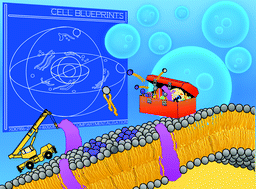









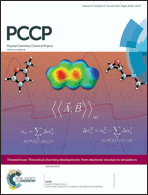

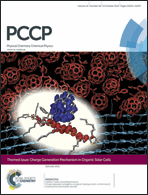
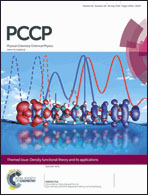


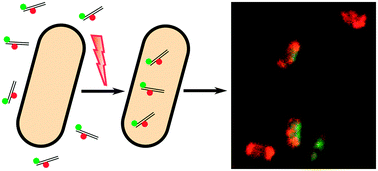
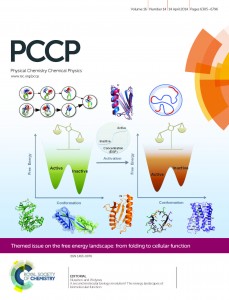
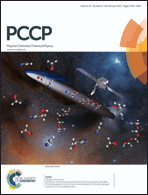 PCCP is delighted to present an excellent collection of articles on the theme of
PCCP is delighted to present an excellent collection of articles on the theme of